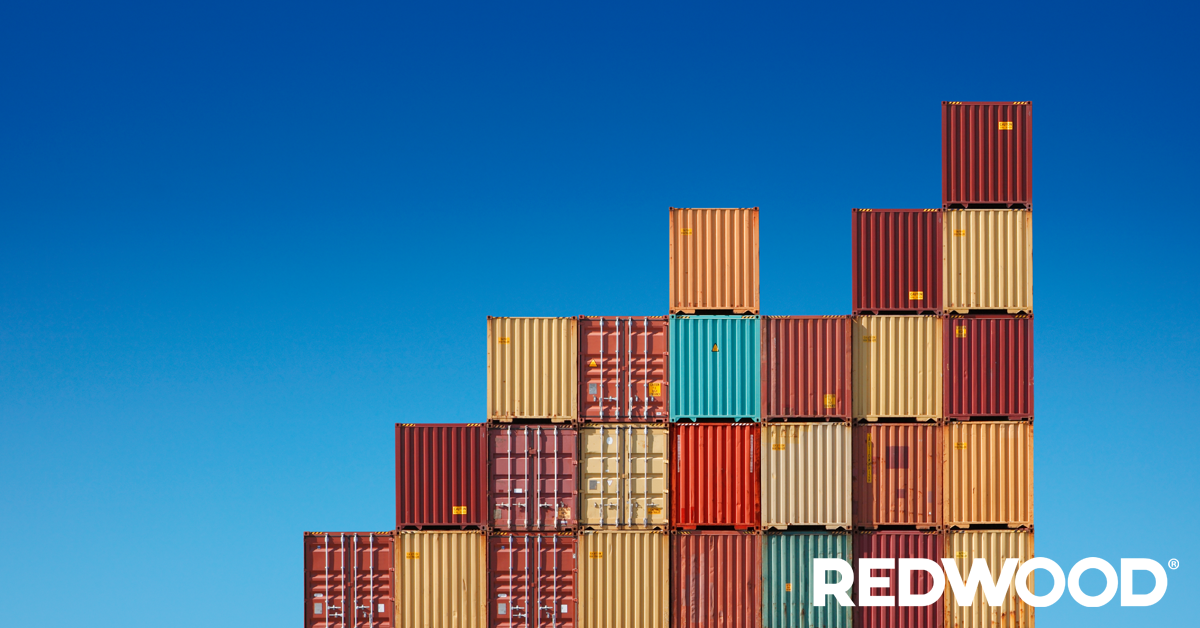REDWOOD LOGIN
Redwood PortalLTL
SCS
SCS Support
Rockfarm

The COVID-19 pandemic seems to be slowly receding from our world, but the new, post-COVID world in which we now find ourselves is presenting us with its own set of unique challenges.
Data from Tradeshift, a San Francisco-based digital supply chain organization, shows that global orders spiked by a massive 16.9% in the first quarter of 2021. Business to business transactions across the world saw an increase as well, growing by 10.2%.
Unfortunately, roughly 20% of suppliers are feeling overwhelmed by this rapid increase in orders and aren’t confident in their ability to keep up. Additionally, about one-third of the suppliers surveyed by Tradeshift reported generally decreased revenue in the past six months, and nearly half of respondents reported a significant delay in customer payments since January of 2021.
This spike comes as manufacturers struggle to reconcile the disparity between order volume (which increased by 80% in this sector) and invoice volume (which only increased by 20%).
After a pandemic year that negatively affected all areas of the supply chain, this spike in order volume is forcing suppliers to work harder than ever and issues are becoming more commonplace across the globe. As the demand seems to show no signs of slowing down or stopping, workers may be pushed to the breaking point.
A few of the specific issues that have resulted from these global supply chain issues include:
By all estimates, it is going to be very difficult to sustain the current growth in orders. For us to come out of this spike without severe consequences, a number of considerations need to be made:
No one can predict exactly what the future will hold, but it seems clear that our current situation is unsustainable. The future of the global supply chains will need to include methods for handling spikes such as the one we are currently witnessing. This may include incorporating increased automation and other methods. However, it is most of all important that we all take a step back and realize how taxing our demands are on the system as a whole. It will take a cohesive effort from everyone across the world to develop a better understanding of the methods for handling huge increases in order volume.
We made our way through a pandemic by working together, and this lesson now needs to be applied to our supply chain issues at hand.